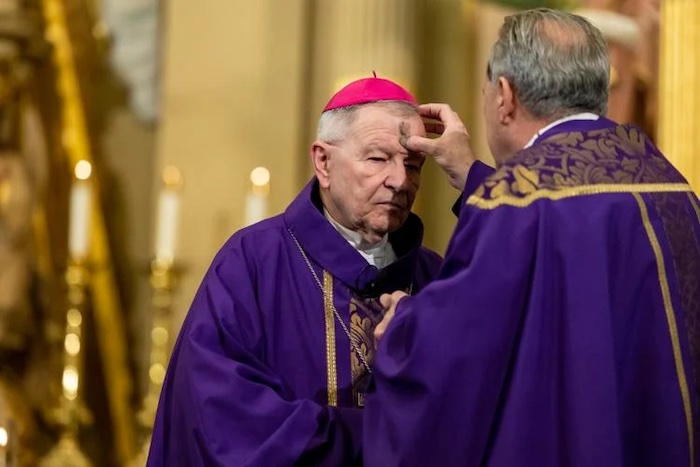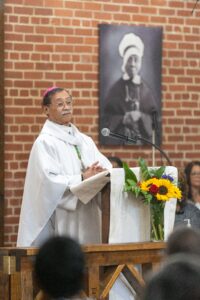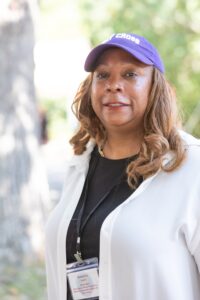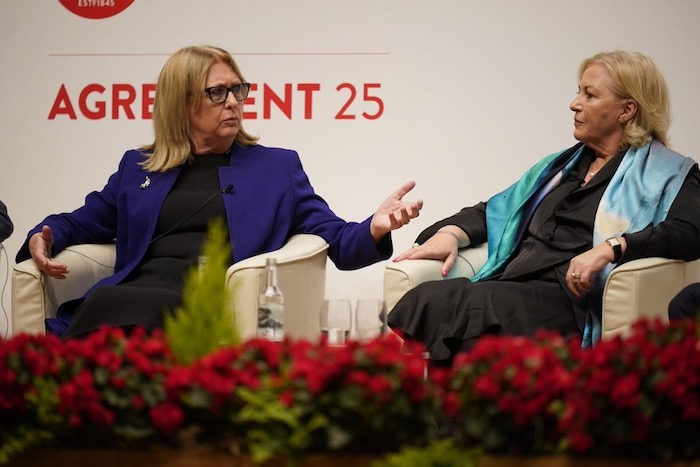— Leader of Archdiocese of New Orleans says lawyers underestimated how much settling abuse cases would cost

More than three years after the Archdiocese of New Orleans filed for bankruptcy court protection amid mounting allegations of child sex abuse by local clergy, the financial cost to the country’s second-oldest archdiocese is coming into focus.
In a letter Friday to the clergy, religious and laity, Archbishop Gregory Aymond said for the first time that individual parishes, schools and charities will be asked to help cover the rising costs of abuse claims, which total nearly 500 to date. That number has grown dramatically over the course of the church’s bankruptcy.
“When we filed Chapter 11 reorganization in 2020, I was advised by legal counsel that the Chapter 11 proceedings would only impact our administrative offices and not the apostolates – parishes, schools and ministries,” Aymond said in his letter, which was posted to the archdiocese website. “Unfortunately, this is no longer the case.”
When the archdiocese filed for bankruptcy, Aymond sent the Vatican a letter estimating out-of-pocket expenses would be less than $7.5 million. In fact, attorneys’ fees alone have already exceeded $26 million.
It’s unclear how much the archdiocese will seek from parishes and schools, which are not technically debtors in the bankruptcy case and have a separate attorney representing them. The letter says only: “We now know there must be a contribution from the apostolates. We do not yet know what that total contribution will be or what will be asked of each entity.”
In its most recent financial statement, the archdiocese listed total assets of some $580 million and liabilities of more than $454 million, including more than $121 million worth of real estate.
But the estimated value of those 1,400 pieces of property is considered low because it is based on historic market value, or the price the archdiocese paid for the property, and does not include the value of land, buildings and other assets owned by the some 200 church apostolates.
An attorney representing the apostolates, Douglas Draper, said “the letter represents what is going to happen and what the apostolates are going to be asked to do, and there is nothing else to say about it.”
Author Jason Berry, who has documented decades of clergy sex abuse by the Catholic church, said Aymond’s letter suggests the church was given poor advice by its lawyers.
“It’s a moral disaster that stems from putting your eggs in the basket of firms like Jones Walker,” Berry said. “Aymond admits in the letter that counsel told him three years ago that it would only have an impact on the administration. Now he’s saying the lawyers were wrong.”
Since filing for bankruptcy court protection in May 2020, Jones Walker has been paid more than $13 million, according to the most recent court filings. That’s more than half the $25 million or so the archdiocese has paid overall to law firms, consultants, financial and real-estate experts helping it navigate the reorganization process.
The firm did not immediately respond to a message seeking comment.
A growing debt
In his letter, Aymond attributed the change in financial strategy to the archdiocese’s growing liability in the case. When the church filed for Chapter 11, some 30 lawsuits alleging abuse had been filed against individual clergy members and the archdiocese as a whole.
In the years that followed, the number of claims — many dating back decades and alleging abuse against Catholic priests, nuns, brothers and deacons — swelled to 450.
After a new state law passed in 2021 and enacted in 2022 extended the window for claims to be filed, the number grew to nearly 500.
Earlier this week, the case took a dramatic turn, when Orleans Parish District Attorney Jason Williams announced criminal charges against 91-year-old former priest Lawrence Hecker, who was indicted on charges of rape and kidnapping dating back to the 1970s. Hecker is just the second clergyman in New Orleans to be charged for crimes allegedly committed before the 2002 sex-abuse scandal spread across the globe.
In his letter Friday, Aymond said part of the church’s new strategy will involve seeking a court ruling to protect individual parishes and apostolates from being sued, once the bankruptcy case is settled, over past abuses.
“This will help preserve the assets of parishes, schools and ministries against past claims of abuse,” he said.
The letter also says that the archdiocese is actively seeking to pay off the bulk of claims through real estate sales — both of properties owned outright by the archdiocese and by those owned by parishes, schools and charitable ministries.
“Soaring insurance rates and costly maintenance have impacted our ability to maintain appropriately the over 1,400 pieces of property [the church owns] and remain good stewards of our resources,” he said. “This work will be a very important factor to determine contributions asked of the apostolates as well.”
Late last month, the archdiocese asked the bankruptcy court for permission to begin marketing for sale seven pieces of property that, if sold for asking price, would fetch more than $10 million. Aymond’s letter today suggests many more will follow.
“I remain committed to the majority of the settlement being paid with the assets of the Archdiocese and our insurers,” the letter says. “We are working through a court-approved process to sell real estate to fund the settlement and streamline our real estate holdings.”
He concludes, “Through these efforts and by the grace of God, we will emerge better prepared for the future and be an even strong Catholic family.”
Complete Article ↪HERE↩!






